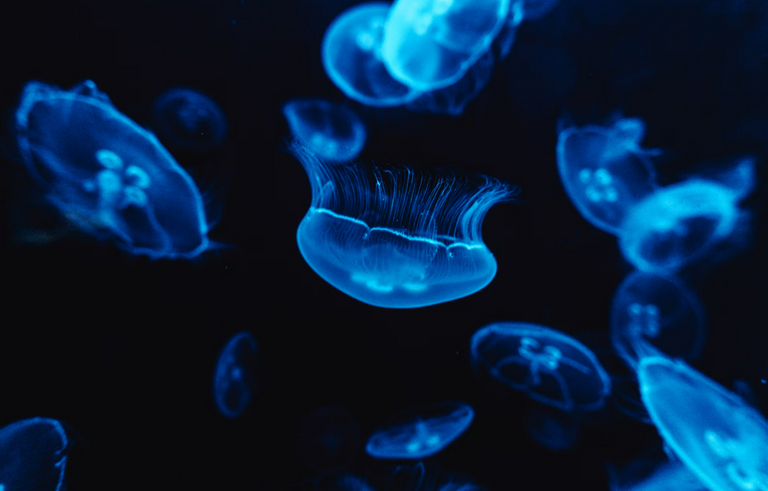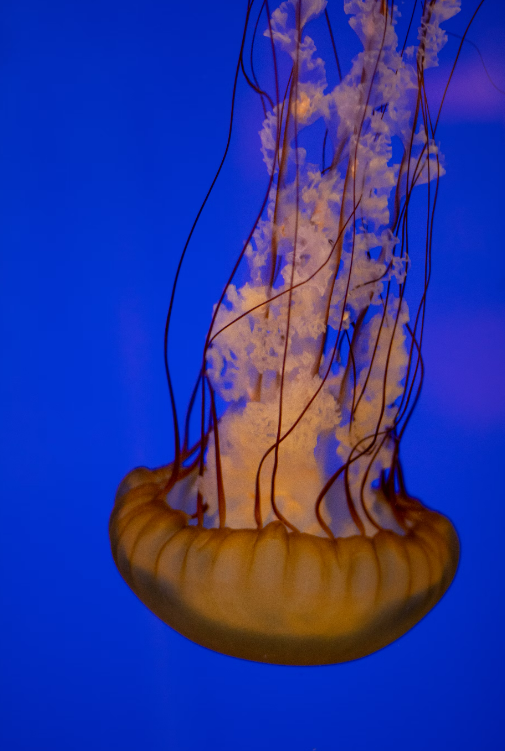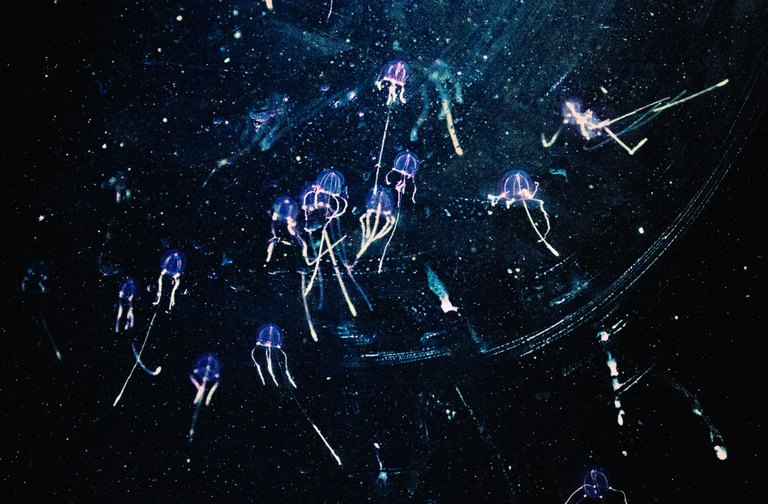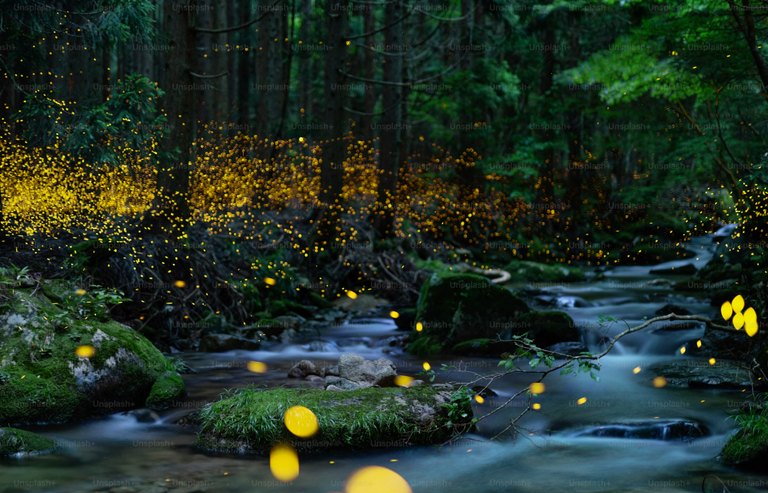The Fascinating World of Bioluminescence: Nature’s Glow-in-the-Dark Phenomenon
Bioluminescence is one of nature’s most enchanting displays, where living organisms emit light through chemical reactions. Found in both terrestrial and aquatic environments, it serves various purposes, from attracting mates to warding off predators. Let’s dive into the science, significance, and wonders of bioluminescence.
1. What Is Bioluminescence?
Bioluminescence is the production and emission of light by living organisms. It occurs due to a chemical reaction involving:
- Luciferin: A light-emitting molecule.
- Luciferase: An enzyme that facilitates the reaction.
- Oxygen: Combines with luciferin to produce light.
The result is a cold light, meaning it emits little to no heat—a unique feature compared to other forms of light production.
2. Where Is Bioluminescence Found?
Bioluminescence is widespread across various ecosystems:
Marine Environments:
- Common in deep-sea creatures like anglerfish, jellyfish, and plankton.
- Marine organisms use bioluminescence for communication, predation, and camouflage.
Terrestrial Environments:
- Fireflies and glow worms are iconic examples on land.
- Some fungi, like Mycena chlorophos, emit a ghostly glow in forests.
3. Why Do Organisms Glow?
Bioluminescence serves different purposes depending on the species:
- Attracting Mates:
- Fireflies use flashing patterns to communicate and find potential mates.
- Luring Prey:
- Anglerfish dangle a glowing lure to attract small fish.
- Camouflage:
- Some squid emit light to blend with the ocean’s surface, hiding from predators below.
- Defense Mechanism:
- Certain plankton emit light when disturbed, attracting larger predators to scare off attackers.
- Communication:
- Some species use light signals to coordinate group behavior, such as spawning or hunting.
4. The Science Behind the Glow
Bioluminescence is a result of chemical and biological interactions:
Reaction Process:
- Luciferin reacts with oxygen in the presence of luciferase, producing light.
- ATP (energy molecule) often powers the reaction.
Color of Light:
- The light emitted can range from blue and green (common in marine species) to yellow and orange (seen in fireflies). The color depends on the type of luciferin and the organism’s environment.
5. Bioluminescence and Humans
Bioluminescence has inspired scientific research and cultural fascination:
Scientific Applications:
- Medical Research: Scientists use bioluminescent markers to study gene expression and track diseases.
- Environmental Monitoring: Bioluminescent organisms help detect pollutants in water.
Art and Tourism:
- Bioluminescent bays, like Mosquito Bay in Puerto Rico, attract tourists with their magical glowing waters.
- Artists and designers incorporate bioluminescence-inspired elements into fashion and technology.
6. Famous Bioluminescent Locations
Certain places on Earth are renowned for their bioluminescent displays:
- Vaadhoo Island, Maldives: Known for glowing blue waves caused by bioluminescent plankton.
- Waitomo Caves, New Zealand: Famous for glow worms lighting up the cave ceilings.
- Puerto Mosquito, Puerto Rico: One of the brightest bioluminescent bays in the world.
7. Bioluminescence vs. Biofluorescence
While bioluminescence involves light production, biofluorescence is different:
- Biofluorescence: Organisms absorb light at one wavelength and re-emit it at another, often under UV light.
- Examples: Corals and certain fish fluoresce but do not produce their light.
Conclusion
Bioluminescence is a testament to nature’s creativity, blending beauty with functionality. From the mysterious depths of the ocean to the forests illuminated by fireflies, this phenomenon captures our imagination and reminds us of the wonders of the natural world. Whether inspiring scientific breakthroughs or providing unforgettable experiences, the glow of bioluminescence continues to light up our understanding of life itself.



